Corduroy is a well-loved fabric known for its soft ridges and a variety of uses, from clothing to interior decoration.
If you have an old corduroy item that needs a new look, or want to customize a new item, dyeing is a great option. In this guide, we’ll show you how to dye corduroy fabric, ensuring a vibrant and long-lasting result.
But first, let’s take a quick look at what corduroy is and how it’s made, before diving into the detailed dyeing process.
What is Corduroy?
Corduroy is a durable textile with raised ridges, called wales, that give it a textured appearance.
The size of the wales can vary, affecting the overall look and feel of the fabric.
Corduroy is typically made from cotton or a cotton blend, and is often used to make garments such as trousers, jackets, skirts, and homewares. If you want to learn more about “What is Corduroy Fabric“, you can click on this article to learn more.
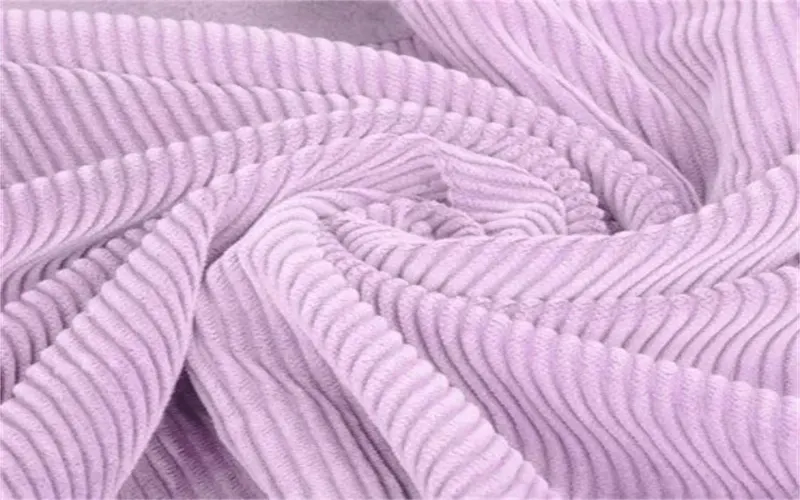
How corduroy fabric is made?
Corduroy is made by weaving the fabric in a way that creates raised ridges, which are then cut to create a soft, velvety surface. Its unique structure not only adds to its beauty, but also affects how it absorbs dye.
This article focuses on a key step in making corduroy fabric: how to dye corduroy fabric. If you are interested in the steps of making it, you can click on this article “How to Make Corduroy Fabric” to learn about his entire process.
It is critical to understand the production process because the ridges can sometimes cause uneven colors. However, with the right techniques, you can achieve excellent results.
Preparation for Dyeing Corduroy Fabric
Before you begin the dyeing process, you must prepare the fabric.
First, pre-wash the corduroy to remove any dirt, oil, or chemicals that may affect the dye.
Choose a dye that is suitable for your fabric type – fiber-reactive dyes are best for cotton, while synthetic dyes are better for polyester blends.
The second step is to prepare the corresponding dye and select the color you like.
Once you have gathered your materials, you can start.
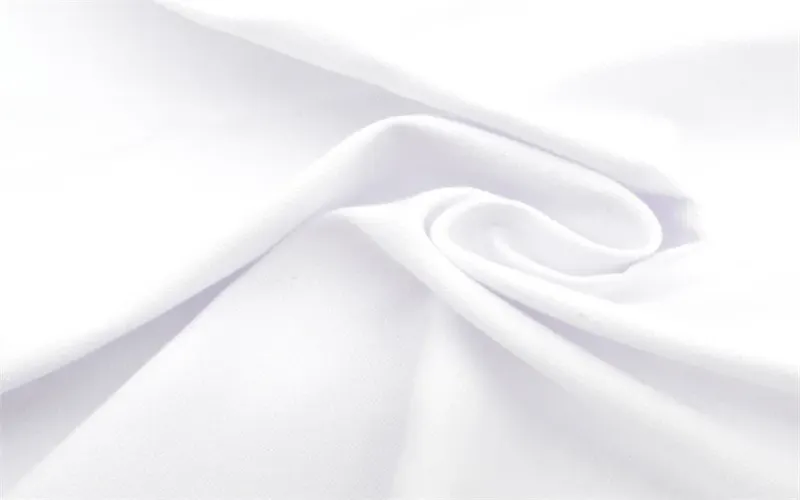
How to Dye Corduroy Fabric: A Step-by-Step Guide
Now that we’ve covered the basics, let’s get into the heart of the process – how to dye corduroy fabric – to ensure vibrant, even colors that preserve the fabric’s texture. Follow these steps to achieve great results:
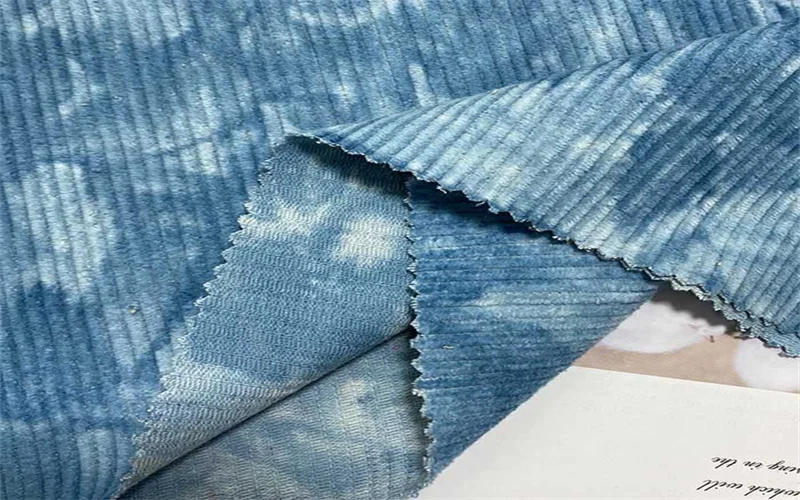
Step 1: Choose and Prepare Your Dye
First, choose a dye that matches the composition of your fabric. If your corduroy is 100% cotton, choose a fiber-reactive dye, which provides long-lasting, vibrant colors.
If it’s a polyester blend, use a synthetic dye designed for synthetic fabrics. Mix the dye in a large container according to the manufacturer’s instructions to achieve the proper concentration.
Step 2: Soak the Fabric
Before applying the dye, soak the corduroy in warm water. This step helps open up the fabric’s fibers so they can better absorb the dye. Submerge the entire piece of fabric in the water, making sure the fabric’s grain is thoroughly soaked.
It’s important to keep the fabric damp while you move on to the next step, as dry corduroy may absorb the dye unevenly.

Step 3: Dye
Dip the soaked corduroy into the prepared dye solution, making sure the fabric is completely covered. Gently agitate the fabric to prevent the dye from settling in one place, which can result in uneven dyeing.
Pay special attention to the ridges (grain lines) as they may absorb the dye differently than flat parts of the fabric.
For large corduroy items like jackets or pants, consider using a larger container or dyeing in batches to avoid overcrowding the fabric in the dyebath. Allow the fabric to move through the dyebath for even coverage.

Step 4: Allow the dye to set
Once the dye is evenly applied, leave the fabric in the dyebath according to the dye’s instructions. This may take anywhere from 30 minutes to an hour. The exact time will depend on the desired color intensity and the composition of the fabric.
Occasionally agitate the fabric during this time to ensure that the dye evenly penetrates all areas, including the Welsh ridges.
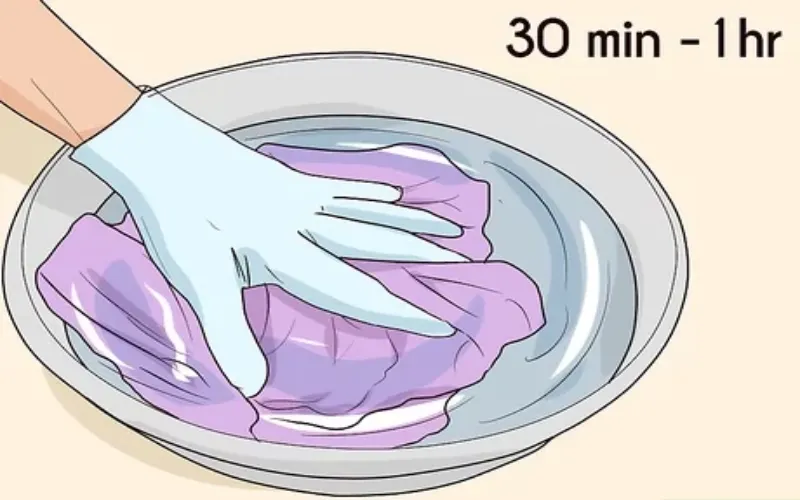
Step 5: Rinse and Dry
Once the dye has set, it’s time to rinse the fabric thoroughly. Start with warm water and gradually transition to cool water until the water runs clear. This step is critical to remove excess dye and prevent future color bleeding.
After rinsing, air dry the fabric as machine drying may shrink or warp the Welsh. Lay the corduroy flat or hang it in a well-ventilated area. Avoid direct sunlight, as this can cause the color to fade prematurely.
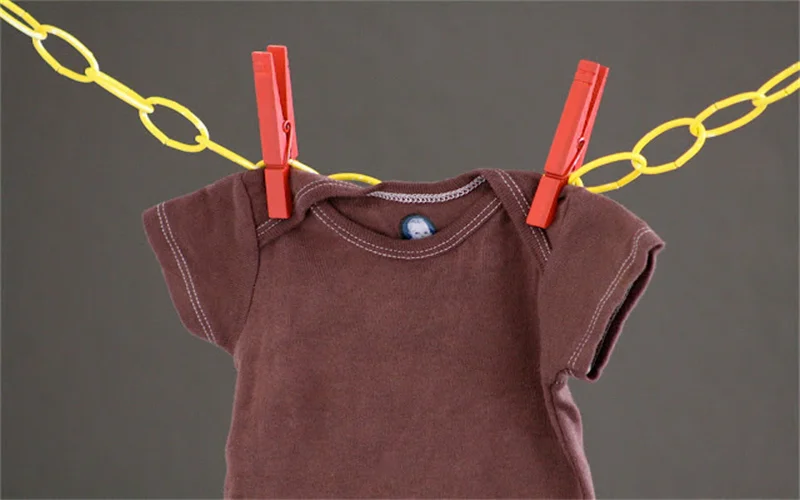
Post-Dyeing Care
To maintain your newly dyed corduroy, proper care is essential. Follow any additional instructions provided by the dye manufacturer for setting the dye, such as using a fixative or heat-setting the fabric. When washing your dyed corduroy, use cold water and avoid harsh detergents to help the color last longer.
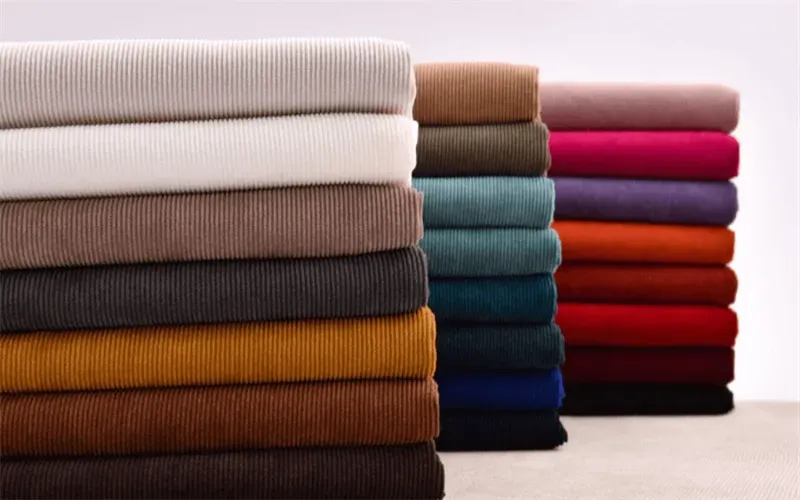
Common Mistakes to Avoid
There are several common mistakes to avoid when learning how to dye corduroy fabric:
- Uneven dyeing: This can happen if the fabric is not fully submerged or agitated during the dyeing process.
- Shrinkage: Watch out for temperature changes. Always rinse in cold water to prevent shrinkage.
- Color fading: Always rinse thoroughly to prevent any remaining dye from staining other clothing or upholstery.
Conclusion
Dyeing corduroy is a creative and fun way to give your wardrobe or home decor a fresh new look.
Following the steps on “How to Dye Corduroy Fabric,” you can achieve vibrant, long-lasting color while retaining the fabric’s unique texture.
Whether you’re customizing a vintage jacket or refurbishing old furniture, dyeing will give corduroy a whole new look. So, get your supplies ready, get your fabric ready, and get ready to add a splash of color to your favorite corduroy items!
